This report provides statistics on workers’ compensation claims that involved musculoskeletal disorders.
This guide was previously titled Guide to managing risks of tree trimming and removal work.
The re-named and updated guide provides information on managing risks associated with tree trimming and removal work, including:
Safe Work Australia’s emerging issues surveillance program identifies new priority issues which can affect workers’ health and safety, and undertakes and disseminates research to investigate these.
Use this information sheet if you, or the workers you manage, unpack shipping containers.
This information sheet provides information on managing risks associated with steel erection work including:
-
who has responsibilities at the design and planning stage?
This information sheet provides information on managing the risks associated with working on roofs including:
-
working at height
-
roof access
-
fragile roofs
The purpose of this 2015 study is to estimate the cost of work-related injury and illness to Australian employers, workers and the community.
This guide will help you identify low density asbestos fibreboard (LDB) and will provide you with information about managing and handling LDB.
Use this information sheet to manage the health and safety risks of solvents at your workplace.
This handbook provides guidance on good work design. It includes the
This paper reports on the attitudes of Australian workers towards accepting risk taking and rule breaking in the workplace.
This project was undertaken by Instinct and Reason Pty Ltd under commission from Safe Work Australia. The report describes the findings of a qualitative research study on the structural metal product manufacturing industry—an industry with a high rate of work-related injury and illness.
Use this guide if you work with refractory ceramic fibres (RCF) or high biopersistence fibres and need to manage the health and safety risks to workers.
The report 'The relationship between work characteristics, wellbeing, depression and workplace bullying' describes the early findings from a project conducted as a partnership between Safe Work Australia and The Australian National University.
This fact sheet will help you understand what is a ‘minor contamination’ of asbestos-containing dust or debris in the workplace.
It should be read together with the relevant model Code of Practices:
This model Code of Practice provides guidance on managing the risk of falls in housing construction.
In this model Code, the word:
This model Code of Practice provides guidance on providing first aid in the workplace.
It includes information on:
-
first aid kits
-
procedures
-
facilities
This fact sheet provides information about managing risks from slips and trips.
This model Code of Practice provides guidance on:
This model Code of Practice has been developed to provide practical guidance for persons who have duties to manage risks to health and safety under the WHS Act and Regulations applying in a jurisdiction.
This model Code of Practice provides guidance on managing the risk of a falls by a person from one level to another that is reasonably likely to cause injury.
This model Code of Practice provides guidance on how to provide and maintain a physical work environment that is without risks to health and safety.
It covers:
While the use of asbestos has been banned in Australia since 2003, in the past there was widespread use of asbestos in buildings. Construction and maintenance workers may be more likely to be involved in work that can disturb asbestos.
The Australian Workplace Barometer project aims to provide science driven evidence of Australian work conditions and their relationships to workplace health and productivity, through a national monitoring and surveillance system.
Use this guide if your workplace carries out electroplating.
It can also be used by workplaces undertaking:
